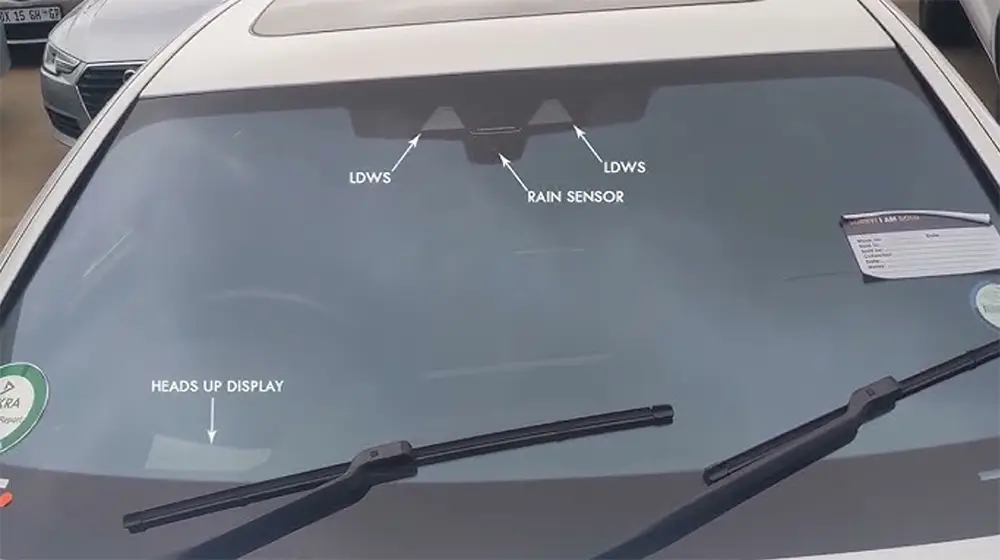 Motortopia Staff
.
June 25, 2025
.
News
Motortopia Staff
.
June 25, 2025
.
News

Rain sensors don’t just automate your windshield wipers, but they’re also a critical safety feature that ensures clear visibility in unpredictable weather conditions.
Unlike standard wipers that require manual adjustment, rain-sensing wipers activate on their own the moment rain hits the glass. In vehicles like BMWs, this intelligent system responds faster than a driver can, adjusting wiper speed based on rainfall intensity. It’s part of a larger ecosystem of driver-assist features designed to reduce distractions and enhance focus behind the wheel.
In this blog, we’ll break down how BMW’s rain-sensing wiper technology works, explore its safety benefits, and explain how to properly use, maintain, and troubleshoot the system, especially after a windshield replacement.
BMW’s rain-sensing technology does more than simply turn on your wipers—it’s part of a broader driver-assist ecosystem designed to improve visibility and reduce distraction. But how does the BMW rain sensor work, exactly? It starts with an infrared light sensor positioned behind the rearview mirror, where it can monitor moisture hitting the windshield.
At the core of the system is an infrared light sensor mounted behind the rearview mirror. It shines light onto the windshield and reads how that light bounces back:
The rain sensor is also connected to your headlight system, turning on low beams when visibility drops.
Far from being just a premium add-on, BMW’s rain-sensing wipers are engineered to play a critical role in visibility management, directly supporting ADAS functionality and ensuring the windshield stays clear when it matters most. Some practical benefits of BMW’s rain sensors include:
To ensure your BMW rain-sensing technology continues operating as designed, a little routine maintenance can go a long way. While the system is largely hands-off, small environmental factors can still affect performance over time.
Rain sensor issues are one of the most common post-repair complaints BMW owners face after a windshield replacement. But as the auto glass experts from Auto Glass Whitby note, BMW’s rain-sensing technology relies on total internal reflection; any issue with sensor alignment, the optical gel pad, or windshield clarity can impact performance. If anything is off, the system won’t work as intended. Common problems include:
To avoid encountering issues with BMW rain sensors, owners should trust certified technicians who specialize in sensor-integrated glass replacements. Certified glass installers use approved adhesives, ensure proper optical contact, and prevent the sensor from being compromised during the process.
With the right technicians and materials, your BMW’s rain-sensing system will continue to perform exactly as intended—seamlessly, safely, and without frustrating glitches.
Share Link